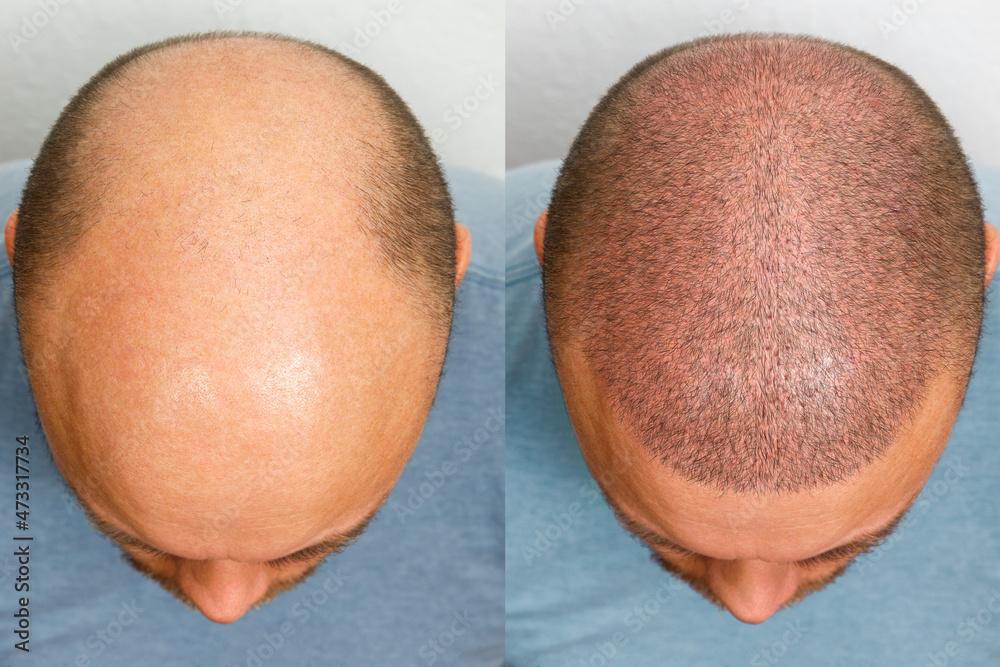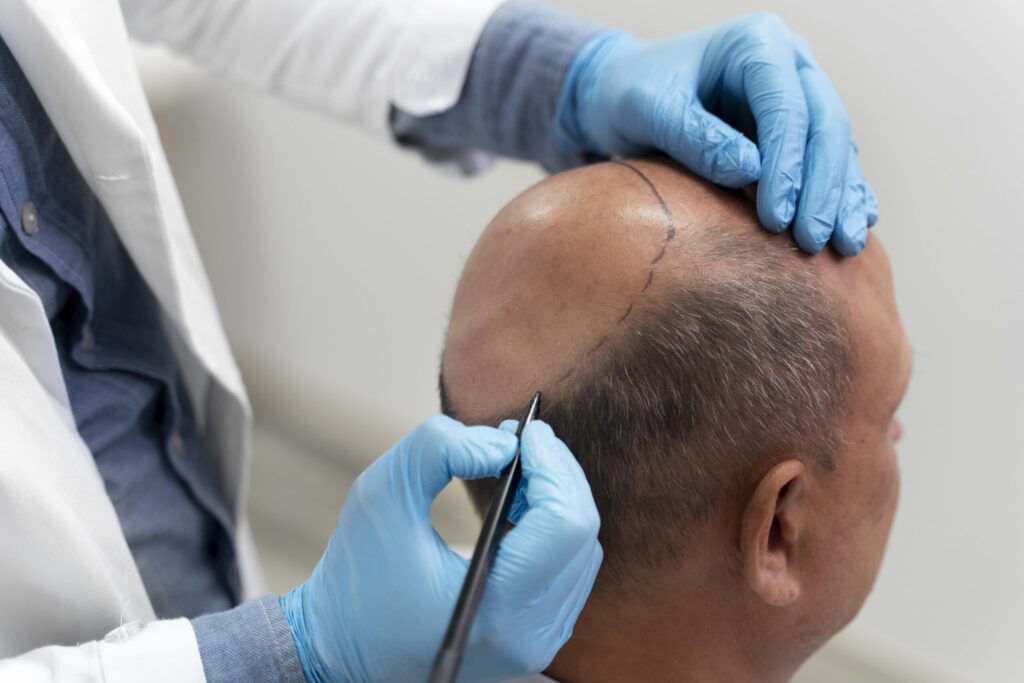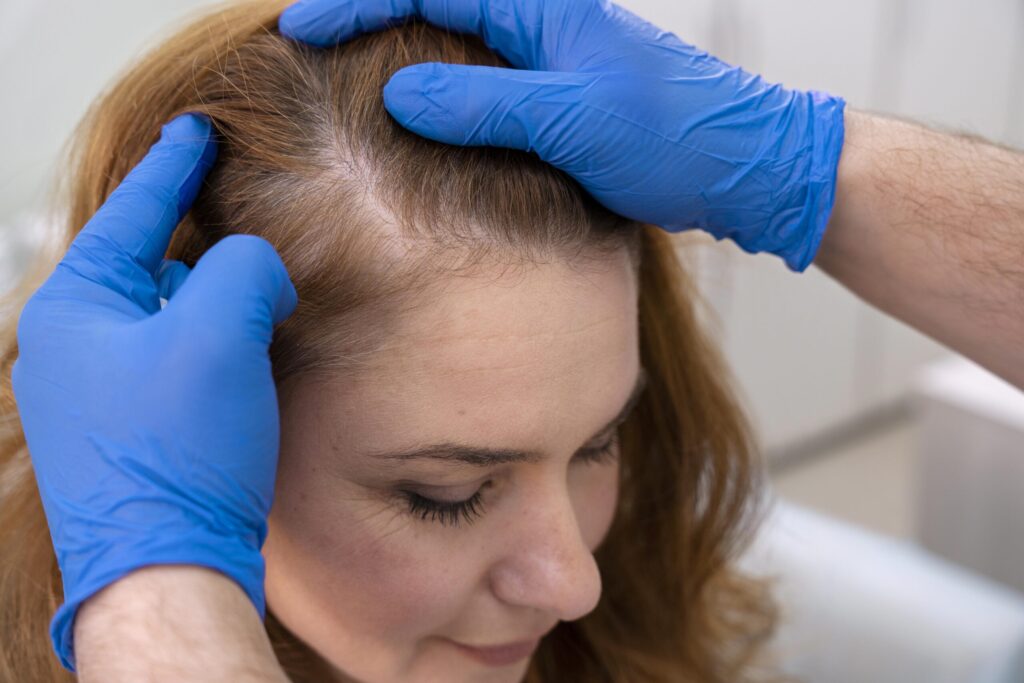
Before Committing
Hair loss affects millions of people worldwide, and while PRP injections and topical treatments
can encourage hair growth, some individuals require a more permanent solution. As hair loss
can be incredibly frustrating and confidence-crushing, it is reassuring to know that there are
options to support new hair growth, such as hair transplant surgery.
What Happens During a Hair Transplant?

There are two primary techniques used in hair transplants today: FUT (Follicular Unit
Transplantation) and FUE (Follicular Unit Extraction). FUT involves removing a thin strip of
scalp, then separating it into individual follicular units prior to implanting them in thinning areas.
FUE, which is the more popular method nowadays, extracts individual follicles directly from the
donor area and transplants them one at a time.
Once transplanted, the hair follicles establish new connections to receive adequate blood flow
and enter a rest phase before new growth occurs. Since these follicles come from areas that are
less likely to experience hair loss, such as the sides or the back of the head, they continue to
grow even after being relocated.
Who Benefits Most From a Hair Transplant
Individuals who experience pattern baldness, where hair loss occurs in some areas but donor
hair remains elsewhere, are ideal candidates. This procedure can also help individuals who are
looking to restore their eyebrows, hairlines, or beards! Those who have diffuse thinning,
alopecia areata, or scarring on the scalp may not receive the benefits of a hair transplant.
When Will You See Results, and How Long Do They Last?

Most patients will experience the initial shedding of transplanted hairs within the first few weeks
of their surgery – this is completely normal and part of the hair’s growth cycle.
New growth is typically seen around 3-4 months post-surgery, and full results can take 9-12
months to become visible.
Once the new follicles are relocated and established, the results are long-lasting, even
permanent, with proper scalp and overall health care.
Possible Side Effects
While hair transplant surgery is considered safe when performed by experienced physicians,
minor side effects may occur, such as:
● Temporary swelling, redness, or scalp sensitivity
● Mild itching or scabbing in the donor and recipient areas
● Rarely, infection or poor graft survival
To minimize risk, it is imperative to follow all post-surgery instructions provided by your surgeon,
avoid scratching the area, and keep the scalp clean.
Cost Comparison: U.S. & Beyond
Many individuals travel abroad for hair transplant surgery due to the cost.
● United States: On average, on the very low end $4,000 to $20,000, depending on the number of grafts,
surgeon expertise, and clinic location
● Turkey: Roughly $1,800-$4,500, largely due to lower operational and labor costs
Other popular locations include Mexico, India, and Thailand, where patients can save up to
70% of the U.S. price.
Regardless, it is crucial to do extensive research by looking for board-
certified physicians, verified patient reviews, and clean, sterile clinics before committing to
receiving treatment abroad.
The Takeaway
Hair transplant surgery is constantly evolving, offering long-term solutions to hair loss that were
once out of reach. Whether performed locally or in another country, the key is to do your
research, know what you are committing to, and be prepared to step back into your power with
a full head of hair!
Sources:
https://ishrs.org/
https://pmc.ncbi.nlm.nih.gov/articles/PMC2956960/
https://www.estenove.com/en/blog/hair-transplant-cost-turkey-vs-usa/
https://www.treatmentroomslondon.com/aftercare-recovery/hair-transplant-timeline/
https://en.wikipedia.org/wiki/Hair_transplantation?





You must be logged in to post a comment.